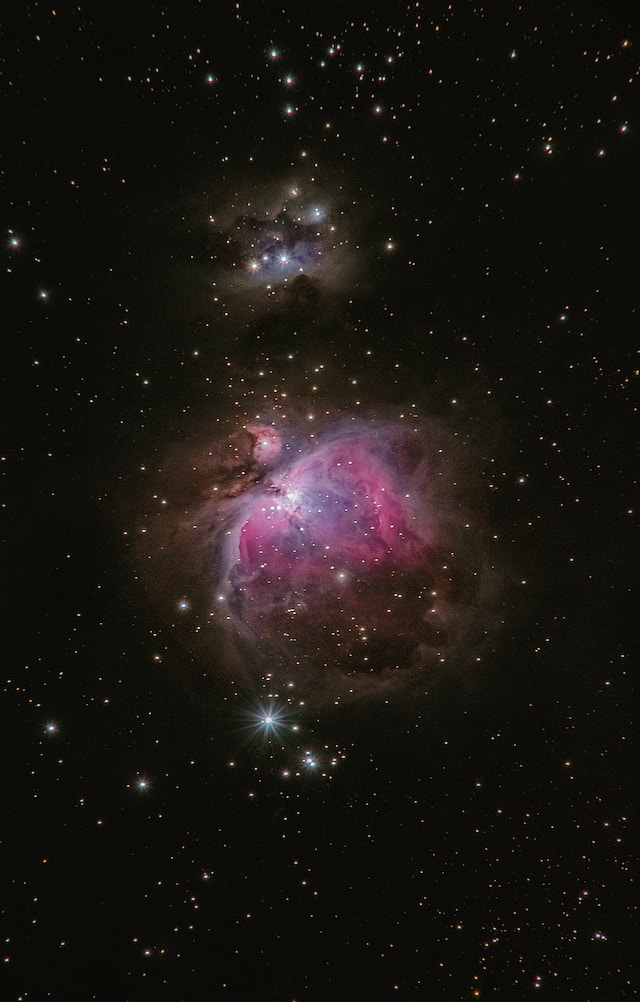In a jaw-dropping celestial spectacle that has left the astronomical community in awe, astronomers have recently witnessed a star devouring a neighboring planet in a rare and captivating event. This cosmic drama, captured through advanced telescopes, not only provides a glimpse into the awe-inspiring power of the universe but also raises profound questions about the mysteries of stellar evolution.
Deep within the vast expanse of space, in the remote reaches of the NGC 4860 galaxy, lies the stage for this extraordinary phenomenon. The protagonist of this cosmic narrative is HD 172555, a red giant star in the twilight of its existence. Red giants, known for their immense size and vivid hues, often put on dazzling displays as they approach the end of their stellar journeys.
The astronomical world was sent into a frenzy when HD 172555 unexpectedly flared into brilliance, capturing the attention of scientists and stargazers alike. As telescopes turned their lenses towards this celestial wonder, a spellbinding scene unfolded—a star surrounded by a swirling maelstrom of gas and debris, the remnants of a neighboring planet being devoured. This captivating event, known scientifically as a “tidal disruption event,” occurs when a star’s immense gravitational forces rip apart and consume a planet in its gravitational grasp.
Dr. Elizabeth Collins, a renowned astrophysicist at the Institute of Astronomy, expressed her astonishment, describing the observation as “an exceedingly rare and awe-inspiring cosmic spectacle.” Tidal disruption events offer astronomers a unique opportunity to witness the final stages of stellar evolution and delve into the cosmic processes that shape the universe.
While the exact mechanisms of a star consuming a planet remain the subject of ongoing research, scientists have proposed intriguing theories. As a red giant star expands, its outer layers become less gravitationally bound, extending its reach beyond its original boundaries. This increased gravitational pull, coupled with the unfortunate proximity of a planet, triggers a catastrophic event, leading to the planet’s gradual disintegration.
The HD 172555 system’s extraordinary event presents an unprecedented opportunity for astronomers to study the composition and properties of both the star and the consumed planet. By analyzing the debris trail left behind—fragments of gas and matter—scientists hope to unravel the mysteries surrounding the planet’s origins and gain insights into the forces that shaped its formation.
Moreover, this remarkable observation underscores the vital importance of ongoing exploration and technological advancements in the field of astronomy. Advanced telescopes such as the Transiting Exoplanet Survey Satellite (TESS) and the upcoming James Webb Space Telescope play a crucial role in expanding our understanding of the cosmos. These cutting-edge instruments allow us to witness and document awe-inspiring celestial events, pushing the boundaries of human knowledge and paving the way for groundbreaking discoveries.
As we contemplate the star’s voracious consumption of a nearby planet in NGC 4860, we are humbled by the vastness and complexity of the universe. The study of such cosmic phenomena not only deepens our understanding of the cosmos but also ignites our imagination and curiosity about the mysteries that lie beyond.
In an era driven by an insatiable thirst for knowledge, the observation of events like a star devouring a planet invites us to embark on a remarkable journey of discovery. It serves as a reminder of our place in the grand tapestry of the universe and inspires us to push the boundaries of human understanding, to explore the unknown, and to uncover the secrets of the cosmos.
For in the rare cosmic events that unfold before our eyes, we find a glimpse into the extraordinary power and beauty that the universe holds, beckoning us to contemplate our existence and to marvel at the wonders
that lie beyond our comprehension.




